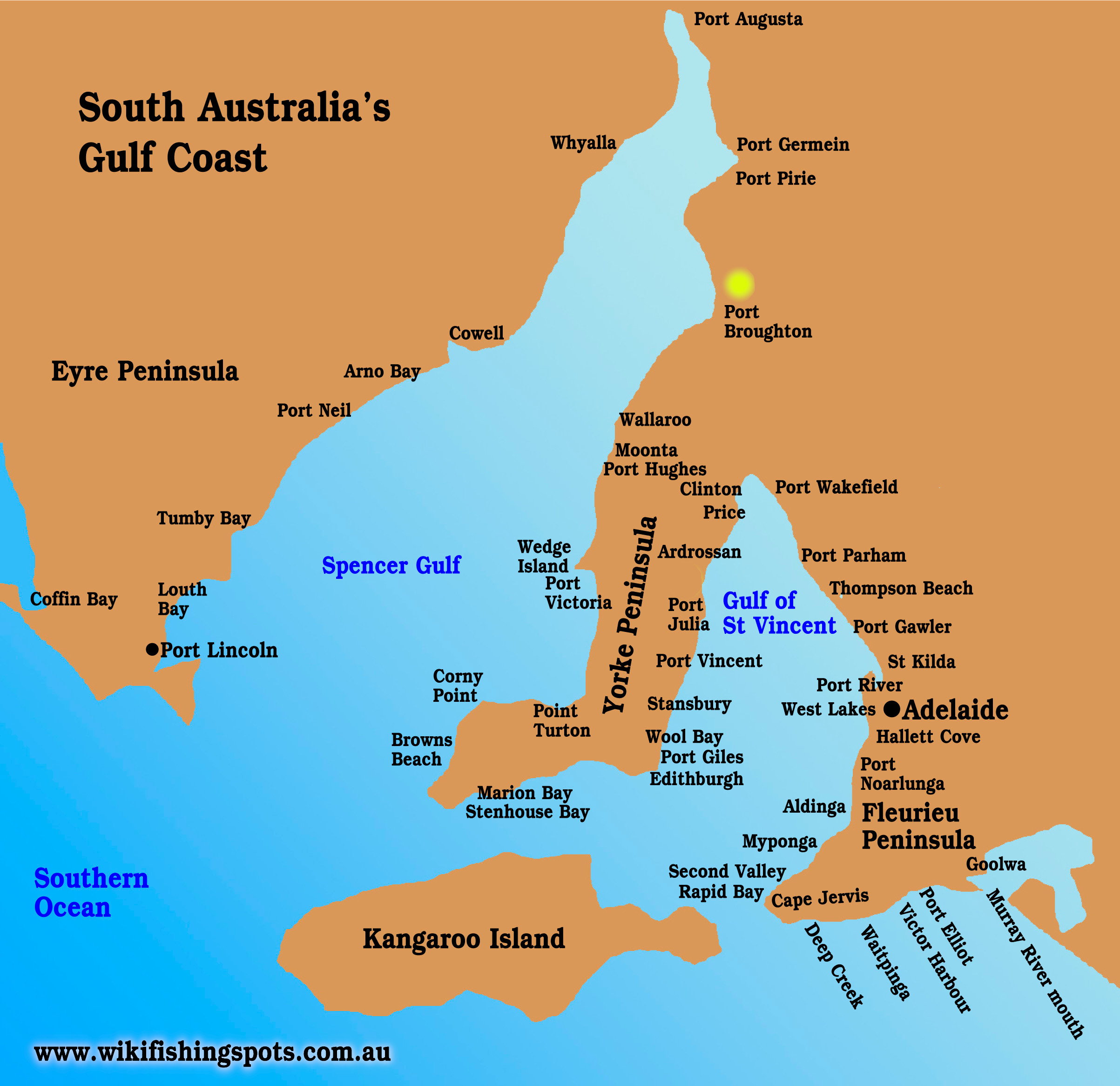Perth tides
WA prawning regulations
WA fishing regulations
WA marine parks
Perth stocked waters
Perth dam levels
Prawns are a hugely popular resource for Perth fishos, with more than 50,000 people going prawning each season, mostly in the Swan-Canning and Peel-Harvey estuaries.
The best time to catch prawns is using a strong torch and a hand scoop net in the shallows on calm summer evenings, during the dark phases of the moon between October and February.
Prawners’ lights can be seen illuminating the estuaries at this time as they chase western river prawn (Metapenaeus dalli) and the larger western king prawn (Penaeus latisulcatus).
Prawns are prolific breeders – a female river prawn can produce 300,000 eggs in a spawning, while the king prawn may lay up to four times as many.
Fishing pressure can take a toll despite this breeding capacity.
There is a closed season for prawning in the Swan-Canning and in parts of the Peel-Harvey system, with a different season on the Serpentine, Murray and Dandalup Rivers.
The life of a prawn is dominated by the moon.
When young, prawns grow rapidly, moulting their shells to coincide with the full moon (and high tides) each month.
After reaching maturity, growth and moulting slow.
Live river prawns are almost translucent, having blue tips and a greasy feel.
King prawns are cream in colour, with brown body markings and blue legs and tail fins.
While a river prawn spends its life in rivers or estuaries, a king prawn goes through larval stages in the ocean, and settles in coastal bays or estuaries.
During spring, river prawns reach a catchable size of about 5cm at 10 months.
In contrast, king prawns do not achieve this until Jan/Feb, but can reach 8cm by late summer when they begin their journey back to the ocean.
Female king prawns grow larger than males.
A female prawn caught in Shark Bay measured 24.4cm long and weighed 99g.
Such is the popularity of prawning in WA that about four million prawns were stocked into Perth’s two major rivers following a reported decline in stocks.
Restocking began in 2013, and between May 2013 and March 2015, about 2.5 million juvenile prawns were released into the rivers.
Another 1.1 million prawns were released in December 2015, and about 1.5 million more in 2015-16.
WA’s commercial prawners catch more than 2000 tonnes of prawns a year.
In 2014 more than 50 per cent were western king prawns and almost 25 per cent were brown tiger prawns.
Prawns can be legally taken using a single hand-dip net, a single hand-scoop net, or a single hand-throw net.
Throw nets are not permitted in some areas, such as the Swan and Canning rivers.
A single prawn hand-trawl (drag) net that is not more than 4m across with a mesh of not less than 16mm, and not attached to a boat or set, can also be used.
Check the latest WA prawning regulation before fishing.
Bycatch such as crabs and seahorses must be returned to the water.
Fishos may may not use, or leave unattended, a prawn hand-trawl net in the Harvey Estuary and its tributaries, Peel Inlet and its tributaries, Peel Inlet channel entrance, Dawesville Cut, Leschenault Estuary and its tributaries, and Swan River within 100m of any part of the Pelican Point Nature Reserve, or within 100m of the Milyu Nature Reserve.
The Swan River has great fishing at times, see our detailed Swan River fishing spots page here.
Back to the NSW/ACT Fishing Map
Back to the NT Fishing Map
Back to the Queensland Fishing Map
Back to the SA Fishing Map
Back to the Tasmanian Fishing Map
Back to the Victorian Fishing Map
Back to the WA Fishing Map
Email corrections, additions, pictures or video here.


